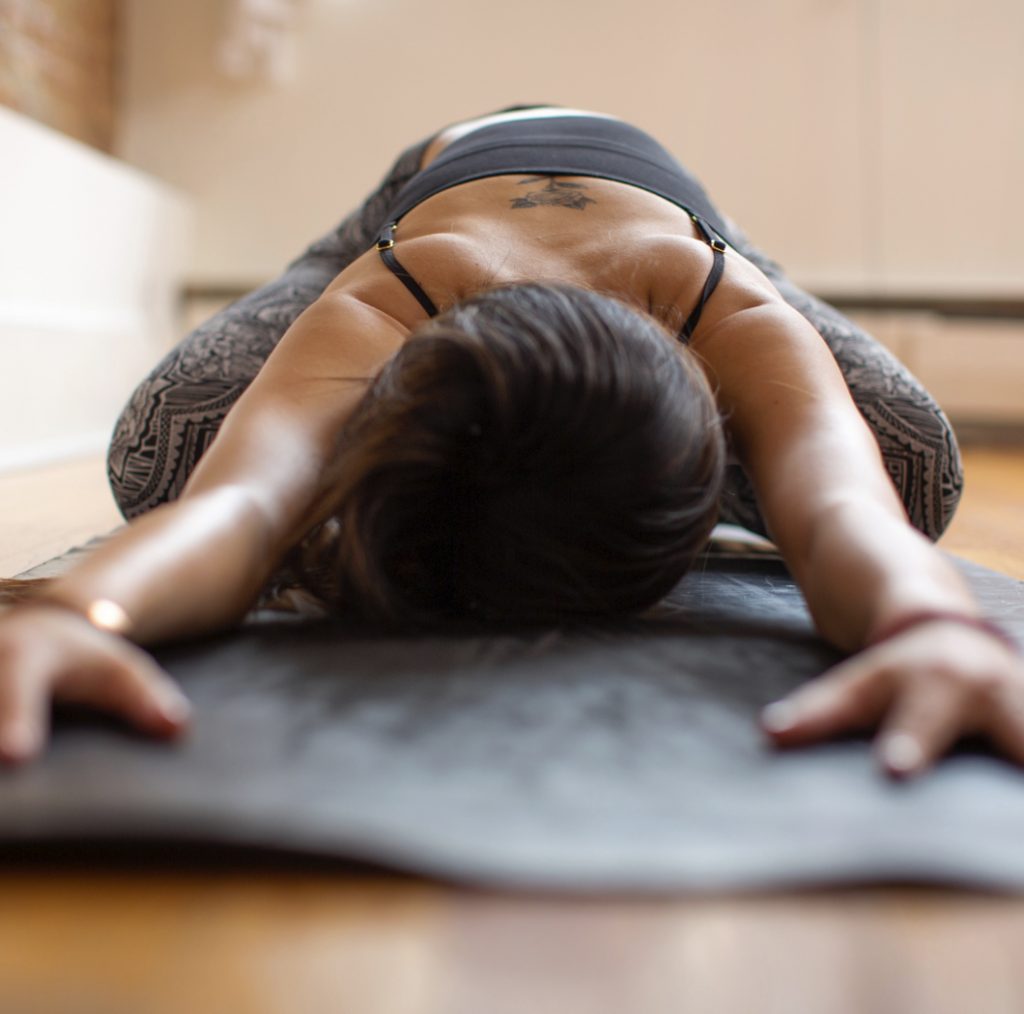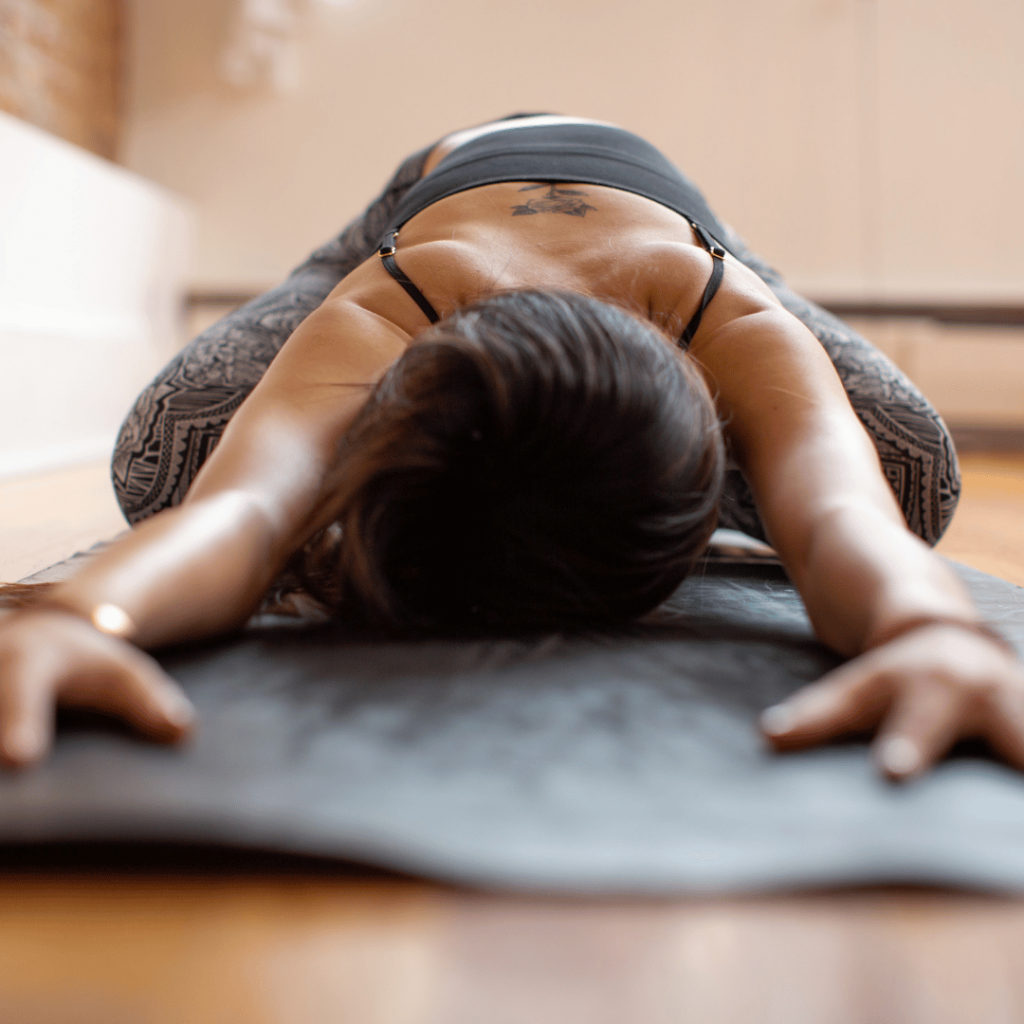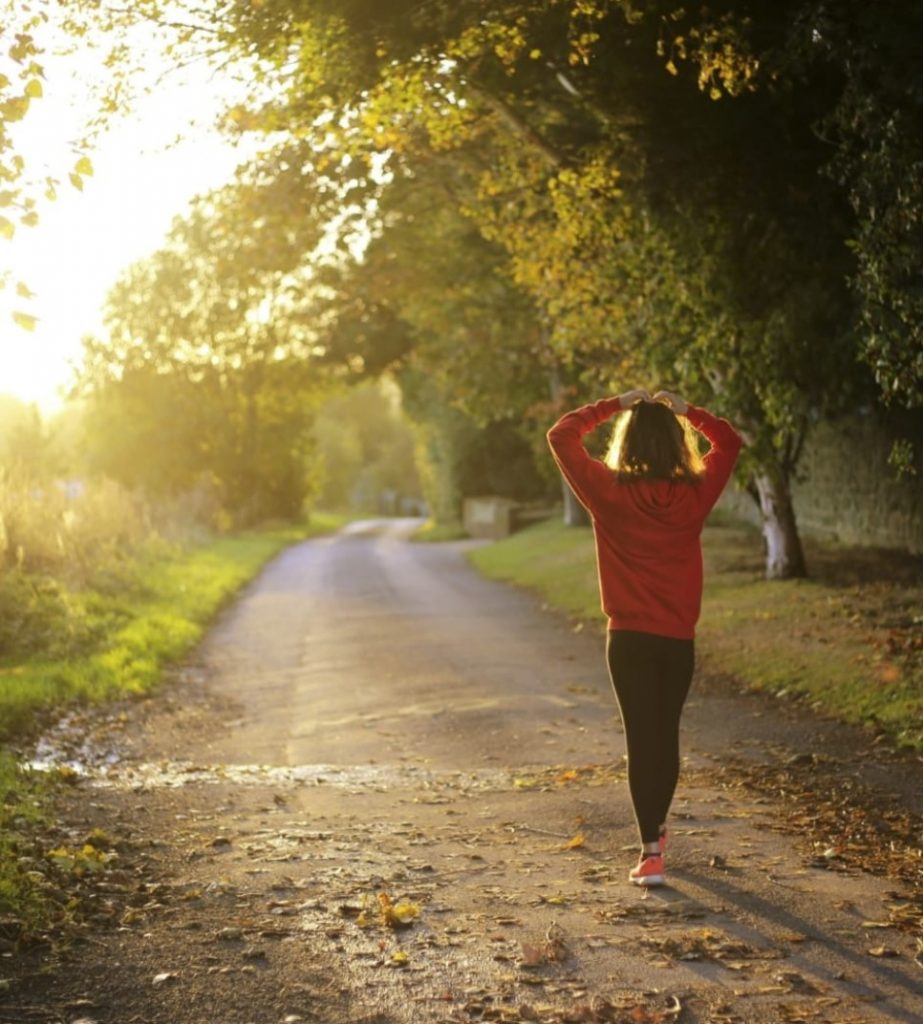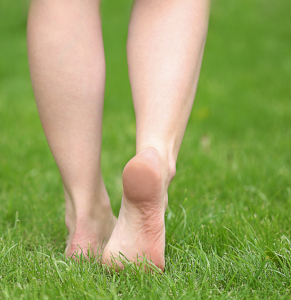Opening your heart

The spring is coming. And every morning I watch in my garden daffodils and dandelions opening their heads to the sun. And just like the flowers, I open my heart to the experiences the day might bring me.
But very often in the intricate dance of life, we often find ourselves caught in the turmoil of past traumas and hurtful experiences. To shield ourselves from further pain, we sometimes resort to closing off our hearts, creating a protective barrier that we hope will keep us safe. While this coping mechanism may offer temporary relief, it ultimately reduces our ability to fully experience life and find true healing. Closing our hearts is a natural response to protect ourselves from being hurt again. It’s a defense mechanism triggered by the fear of reliving past pain. However, as we barricade ourselves behind emotional walls, we inadvertently limit our capacity for joy, love, and connection.
One method often recommended for releasing the grip of past hurt is to let go of the past itself. This doesn’t mean forgetting or ignoring what happened but rather acknowledging it and consciously choosing to release its hold on our present and future. One therapeutic technique involves writing a letter to the source of our pain, expressing our feelings, and then ceremoniously burning it, symbolizing the release of its power over us.
Another vital aspect of healing is to practice recognizing and embracing our emotions. Often, we become so entangled in our thoughts and feelings that we forget we are not defined by them. Instead, we are the observers of our experiences. By cultivating mindfulness and self-awareness, we can begin to untangle ourselves from the web of negativity and pain, allowing space for healing to occur. Instead of saying I’m angry and focusing on the anger itself, maybe it’s worth exploring. Asking yourself a question It’s interesting, I’m angry. I wonder what triggered that? When in my past did I feel like that?
Moreover, it’s essential to let go of the desire for things to be different than they are. Resisting unpleasant emotions only amplifies our suffering. Instead, we must learn to accept them as part of the human experience. Just as an orchestra plays a symphony with its highs and lows, so too does the heart produce a range of emotions. By embracing this truth, we can allow the melody of our hearts to flow freely, without judgment or resistance.
By letting go of the past, practising mindfulness, and accepting our emotions, we can begin the journey toward healing and reclaiming the fullness of our hearts. As we release the shackles of past hurt, we open ourselves up to the beauty and richness of life’s experiences, ready to embrace each moment with courage, compassion, and resilience.
Posted in Newsletter by Anna Smithers with comments disabled.
Grounding – shifting from surviving mode to thriving
Very often I feel like there is a tornado inside of my head, and yoga allows me to stay still in the middle of that chaos. It allows me to find the eye of the tornado, the still point where you can see everything flying around you and yet you are not impacted, the houses and the cars. I’m sure you’ve seen it in the movie before. Now imagine those things flying around are your thoughts, your feelings, your memories or your plans for the future. What happens when you grab one of them? You will go around in a circle with them. And to get back to that still point you have to let go. Ground yourself and let go.
Grounding is a practice that involves reconnecting with the present moment and anchoring oneself in reality. Here are some common grounding techniques we explored in the class last month:
Walking barefoot on grass: This technique involves physically connecting with the earth by removing shoes and socks and allowing your bare feet to touch the grass. Whether it’s a lush green lawn or crisp winter snow, the sensation of the ground beneath your feet can help you feel more rooted and connected to nature.
5, 4, 3, 2, 1 technique: This technique engages the senses to bring awareness to the present moment. Start by naming 5 things you can see, 4 things you can hear, 3 things you can touch, 2 things you can smell, and 1 thing you can taste. This exercise shifts your focus away from racing thoughts and redirects it to your immediate surroundings.
Splash of water: Splashing cold water on your face or taking a quick shower can snap you out of a spiral of anxious thoughts. The sensation of water can be refreshing and invigorating, helping you to feel more awake and alert.
Furry pillow: Holding or cuddling a soft, furry pillow can provide a comforting tactile sensation. The texture of the pillow can be soothing and grounding, helping to calm the nervous system and promote relaxation.
Mantra or counting: Focusing on a repetitive phrase or counting can help quiet the mind and bring attention to the present moment. Mantras like “I am calm and centred” or simply counting from one to thirty can serve as anchors, preventing your thoughts from drifting into worry or rumination. We’ll explore more of that in April’s workshop.
These grounding techniques can be practiced individually or combined depending on what works best for you. The key is to experiment with different methods and find what resonates with your unique needs and preferences. By incorporating grounding practices into your daily routine, you can cultivate a greater sense of inner peace, resilience, and well-being.
Posted in Newsletter by Anna Smithers with comments disabled.
Just be – practical steps.

Practical Steps for Just Being:
Mindful Breathing: Take a few moments each day to focus on your breath. The simple act of observing each inhale and exhale grounds you in the present moment. Again there are four simple techniques in my gratitude journal which we’ll go through during the workshop.
Nature Connection: You know how much I love nature. Spend time in nature without distractions. Whether it’s a walk in the park or sitting by a river, nature has a way of reminding us of the beauty inherent in stillness.
Digital Detox: Set aside designated times to disconnect from electronic devices. This allows you to be fully present in your surroundings and with those around you. I did it over Christmas and it was amazing! I would recommend it to all.
Gratitude Practice: Cultivate a sense of gratitude for the small blessings in your life. This shifts your focus from what you lack to the abundance that surrounds you. Again will show you different ways of practicing gratitude during the workshop.
Life, with all its uncertainties and complexities, becomes the sacred ground on which we can cultivate presence, mindfulness, and a deep sense of inner peace. By embracing the art of just being, we unlock the profound wisdom that lies within the present moment and allow life itself to be our most amazing teacher.
Posted in Newsletter by Anna Smithers with comments disabled.
New Year – Just Be!

As the New Year approached I got bombarded by emails where I was told I needed to do more exercises, lose weight and be happy. And it frustrates me. I’m not doing New Year’s resolutions, they never work. Your create a list of unrealistic expectations, you overload yourself, you give up after a month and you give yourself a hard time and create suffering. If you want to change something you can do it now, right now, every second of your life you can turn your life around. That’s the beauty and a miracle of life, you don’t need to wait for the New Year.
But most important you just need to be. You don’t need to do anything special, you don’t need to achieve anything, you don’t need to go anywhere. Your life is your teacher and it happens right here and right now. So just relax into it. That will be the theme for all my classes in January.
My teacher said to me once: “Your path is the road that unfolds in front of you. Not what you choose or want and also not what you plan. Your life whatever it is, is a spiritual teaching. See it that way and surrender yourself to it. Listen to life. It shows you where to go every moment of every day.” Isn’t it beautiful? So today I give you my permission just to be…
In a world that celebrates achievement and productivity, the art of just being can be easily overlooked. We are conditioned to measure our worth by our accomplishments, often forgetting that the essence of our existence lies in the simple act of being. Because only in stillness and presence do we connect with a deeper, more profound reality. Our lives unfold in a series of moments, each holding valuable lessons and insights. When we are constantly striving for the next goal or preoccupied with the past, we risk missing the teachings embedded in the current chapter of our existence.
By cultivating a non-judgmental awareness of the present moment, we can break free from the cycle of constant doing and tap into a wellspring of peace and clarity. Meditation teaches us to observe our thoughts and emotions without attachment, fostering a sense of detachment from the relentless pursuit of external validation. My favourite meditation practice is antar mouna, which means inner silence, and I’ll be sharing it during the workshop with you and encourage you to work with your mind.
Posted in Newsletter by Anna Smithers with comments disabled.
Change Part 2

Change part 2
Last month we started to talk about change. This month is part 2 of this discussion:
Changing Perception of Change
The fear of the unknown often accompanies change. We might worry about how a new situation will affect our lives, relationships, or routines. However, instead of approaching change with fear, we can choose to view it as an opportunity for growth and self-discovery. The change is not negative or positive, it just is, how we perceive it though is up to us.
Here are some ways to change your perception of change:
- Embrace Change as a Learning Experience: Instead of resisting change, consider it an opportunity to learn about yourself and others. Every change brings a valuable lesson. It can reveal your strengths, weaknesses, and resilience. Reflect on the experiences you gain from it, and use them as stepping stones for personal development.
- Let Go of Expectations: One common mistake people make is expecting change to be either entirely positive or negative. In reality, change often comes with a mix of good and bad, ease and difficulty. By letting go of preconceived notions and embracing the uncertainty of change, you open yourself up to a more flexible and adaptive mindset. This flexibility can help you navigate the challenges that come your way.
Using Change as a Lesson
Change has the power to teach us about ourselves and the world around us. Here are some key insights you can gain by embracing change as a lesson:
- Self-Discovery: Change often pushes us out of our comfort zones, encouraging self-discovery. In times of change, we may uncover hidden talents, develop new skills, or gain a deeper understanding of our values and priorities.
- Resilience: Overcoming change, especially difficult changes, can strengthen our resilience. It shows us that we have the capacity to endure and adapt to challenging circumstances, which can boost our confidence and ability to face future changes.
- Empathy: Change not only teaches us about ourselves but also about others. We become more empathetic as we recognize that everyone faces their unique set of challenges and transformations. This empathy can improve our relationships and connections with those around us.
Allowing Time for Adjustment
One essential aspect of dealing with change is allowing yourself time to adjust. Recognize that adapting to a new situation takes time, and it’s perfectly normal to experience a range of emotions during this process. Here are some tips to help you navigate the adjustment period:
- Acknowledge Your Feelings: It’s okay to feel a wide range of emotions in response to change. Whether you’re excited, anxious, sad, or happy, acknowledging and accepting these emotions is the first step towards embracing change.
- Seek Support: Lean on friends, family, or professional support when facing significant changes. Sharing your feelings and experiences with others can provide comfort and valuable insights.
- Be Patient with Yourself: Remember that change is a process, not an event. It’s natural to need time to adapt and find your footing in a new situation. Be patient with yourself and allow room for mistakes and setbacks.
Change is a constant force in our lives, and how we perceive and respond to it can greatly influence our well-being and personal growth.
Posted in Newsletter by Anna Smithers with comments disabled.
